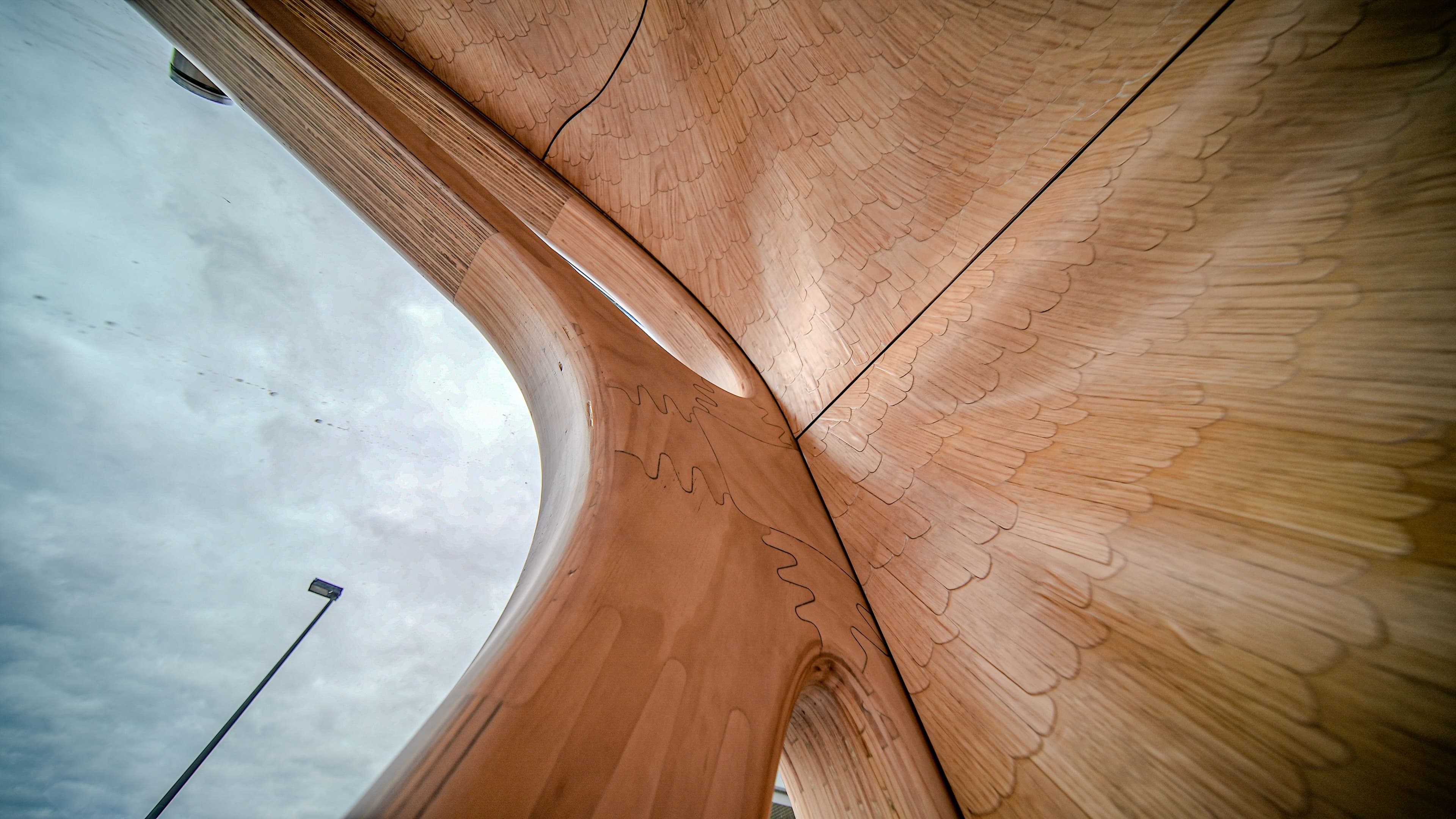1. How does Woodflow’s wood-based composite compare to traditional materials like steel, concrete, and aluminum in terms of both strength and sustainability?
Woodflow’s timber-based biocomposite is engineered to rival traditional structural materials while dramatically reducing environmental impact. Compared to concrete, a Woodflow-core slab weighs just 10% of an equivalent concrete element supporting the same structural loads, enabling significant downstream material and carbon savings across an entire structure. Against aluminum, Woodflow is up to 7% lighter for equivalent stiffness and delivers an 80% reduction in CO₂ emissions over its lifecycle.
This performance is made possible through advanced control of fiber orientation, density, and geometry—achieved via a proprietary robotic manufacturing process. With a stiffness of over 1 MN/m² in the axial direction and bending strengths comparable to structural timber (CLT), Woodflow delivers excellent mechanical performance for both horizontal and vertical load-bearing applications.
On the sustainability front, a recent LCA shows that Woodflow-skin emits approximately 9–16 kg CO₂-eq/m², depending on configuration, versus up to 80–100 kg CO₂-eq/m² for conventional façade materials like aluminum panels or glass fiber composites. Its low resin content (10% vs. 40–60% in most composites), high reuse potential, and integration with renewable energy in manufacturing (61% renewable electricity in Chile) further solidify its environmental advantage.

2. Could you expand on the 70% reduction in CO₂ emissions you’ve observed in Woodflow products when compared to conventional materials? What specific factors contribute to this reduction?
The 70% reduction in CO₂ emissions is a benchmark figure we’ve observed across multiple comparative use cases where Woodflow replaces conventional materials like aluminum, concrete, or fiberglass composites. While the exact figure varies depending on the application and reference material, 70% has emerged as a consistent and representative indicator of our impact—particularly in façade systems and lightweight structural elements
This significant reduction is driven by four main factors:
- Material Efficiency: Woodflow uses an additive manufacturing process that builds components only where structurally needed—avoiding the waste associated with subtractive methods or oversized cross-sections.
- Bio-based Inputs: Our materials are derived from FSC-certified wood strands, a renewable feedstock that sequesters carbon during growth.
- Low Resin Content: Woodflow contains just ~10% adhesive by weight, compared to 40–60% in conventional composites, drastically lowering fossil-derived material use and embodied emissions.
- Optimized Performance: High mechanical efficiency means less material is needed to achieve the same structural or stiffness requirements—further compounding carbon savings.
For instance, in one cladding use case, Woodflow-skin achieved up to 70% lower global warming potential (GWP) compared to aluminum and GRC panels. These savings are reinforced by our ongoing work to integrate bio-based adhesives and localize production, pushing our environmental performance even further.
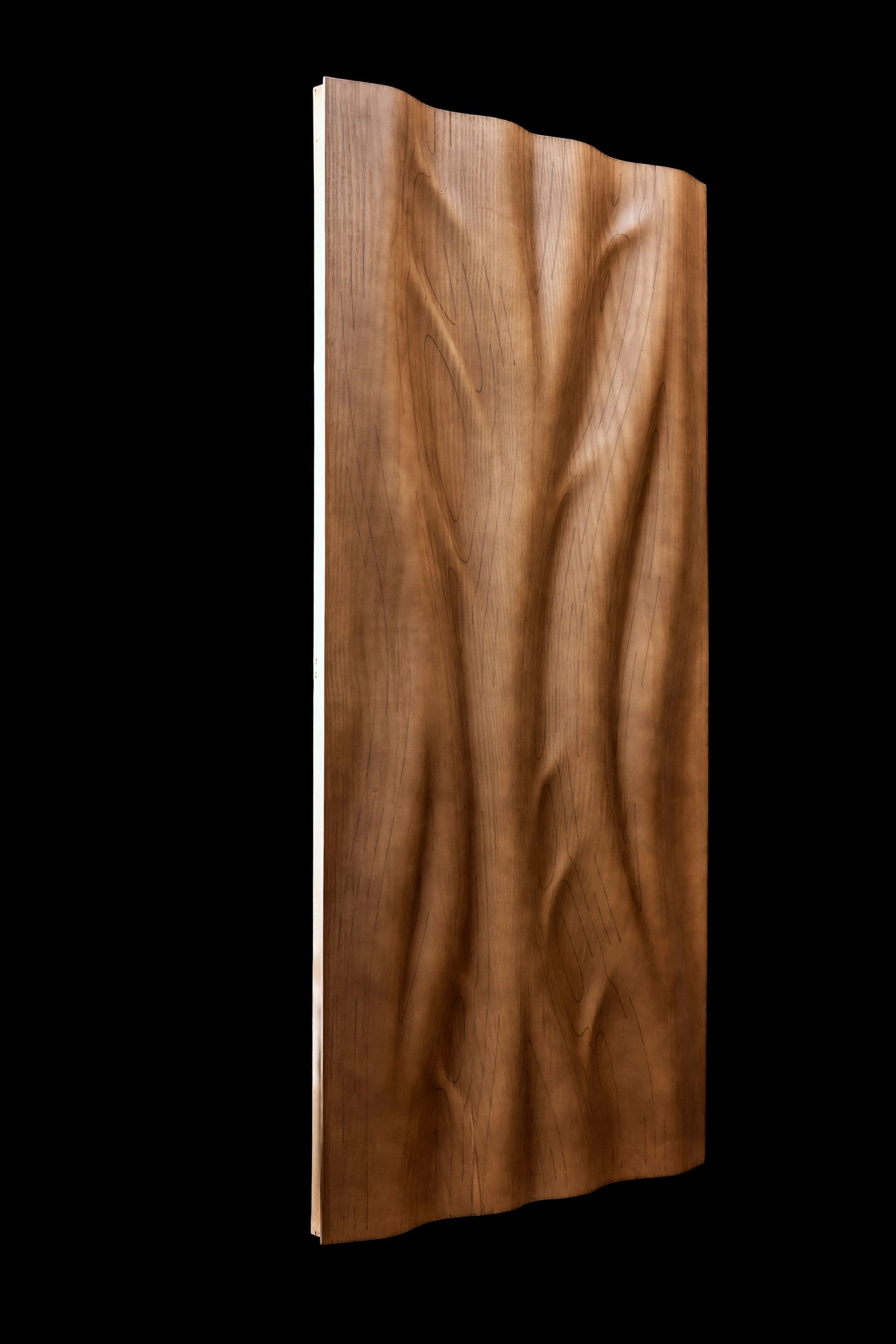
3. How does your technology optimize the fiber orientation and density of wood-based composites, and what impact does this have on the mechanical properties of the final product?
Woodflow’s performance is rooted in how we mimic nature’s way of distributing material only where needed. Our proprietary design-to-manufacturing system uses computational structural optimization to determine the precise fiber orientation and thickness required in each region of a component.
Unlike densified wood technologies that rely on high pressure to compact material (resulting in high energy use and cost), Woodflow does not densify wood. Instead, we adjust local density simply by adding more veneer layers in targeted zones—such as where a connector or fixture will be placed. This enables highly efficient material use without sacrificing manufacturability or cost-effectiveness.
Fibers are robotically laid down following stress lines, allowing us to align the material’s internal architecture with mechanical demands. This results in structural elements that are lightweight, highly stiff, and capable of long spans, all while keeping resin content and energy consumption low.
The impact is measurable: for instance, Woodflow-core slabs have demonstrated stiffness of over 1 MN/m² and compressive strength comparable to or exceeding that of CLT, with a fraction of the weight. This enables broader architectural freedom and dramatically reduces the carbon intensity of load-bearing systems.
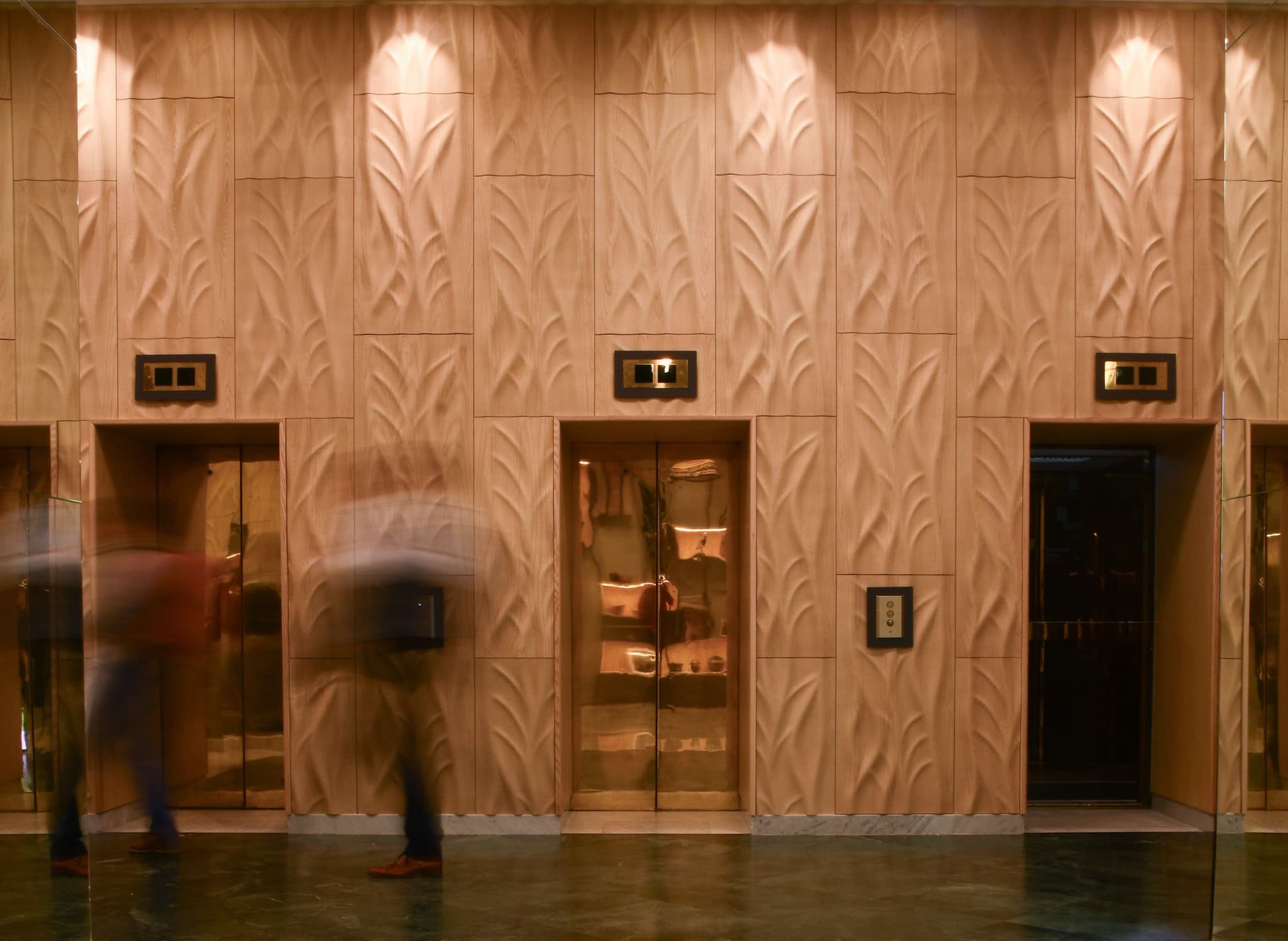
4. You mentioned that your technology uses wood strands more efficiently than cross-laminated timber (CLT). Could you provide more details on how your method reduces material waste?
Yes—Woodflow was designed from the ground up to drastically improve material efficiency, especially when compared to traditional solutions like CLT. While CLT is made from sawn lumber laminated into solid panels, our approach is fundamentally different: we build hollow-core components using wood strands, guided by computational design.
Instead of using high-grade timber in bulk, we orient thin strands of wood—akin to those used in LVL or OSB—but distribute them only where structurally needed. This allows us to hollow out areas with low stress, creating lighter components without compromising strength. Our software determines not just the shape of the part but where and how much material should be added, strand by strand.
The result is a dramatic improvement in resource efficiency:
- Up to 88% less raw material than an equivalent CLT slab.
- 50% lighter than CLT for the same structural performance.
- Just 25% of the tree volume needed to carry the same load.
By combining smart geometry, localized reinforcement, and efficient fiber usage, Woodflow is redefining how we use forest resources—delivering stronger, lighter components with a fraction of the material and environmental impact.
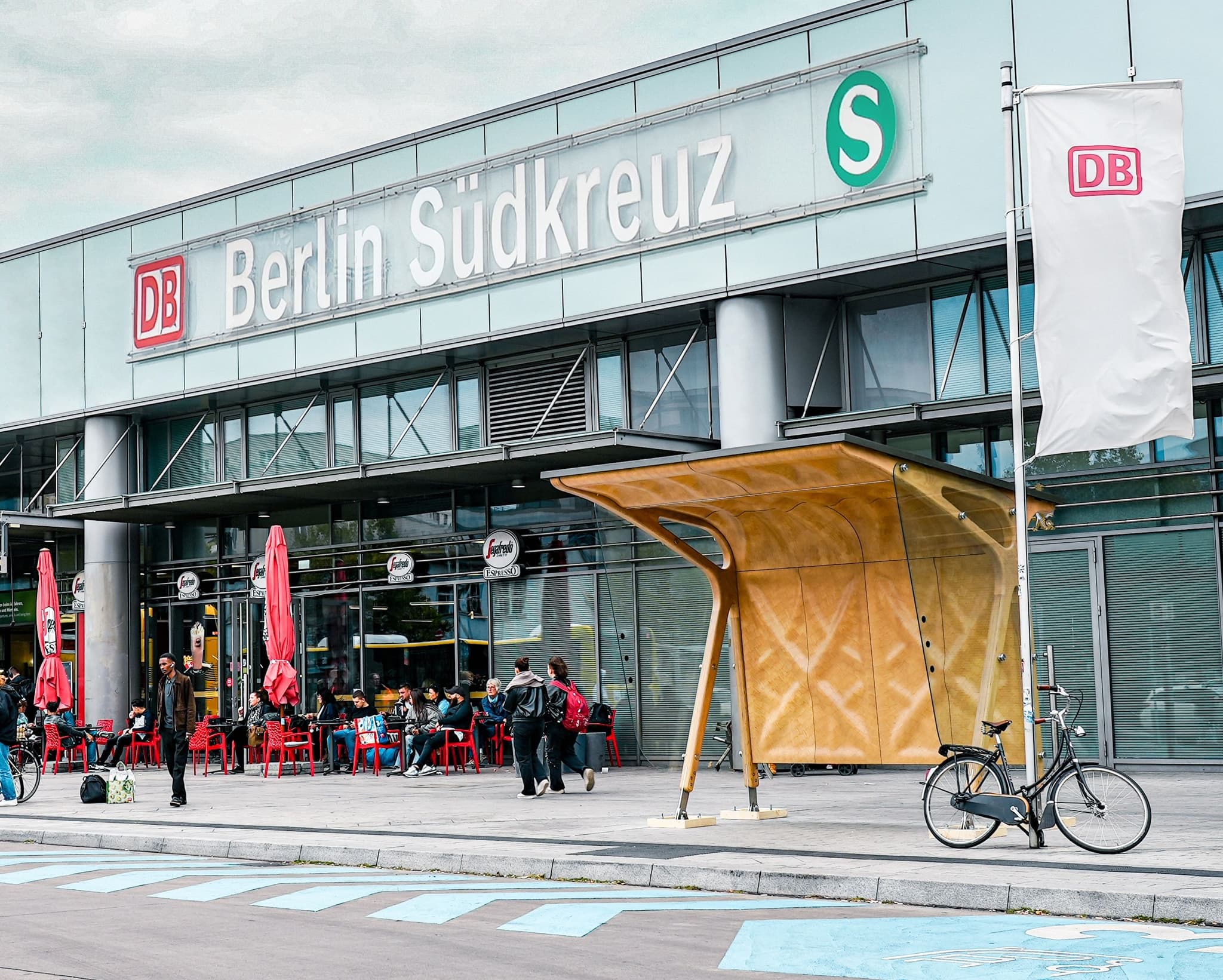
5. With your current collaboration with BMW Group, how do you see the automotive industry adopting Woodflow materials for both interior and structural components?
The automotive sector is under immense pressure to decarbonize—every major OEM has committed to net-zero targets by 2050. This is driving a shift toward materials that are both lightweight and low-carbon, especially for structural and semi-structural parts where traditional composites or metals like aluminum and steel dominate today.
That’s where Woodflow presents a unique advantage. It is one of the very few bio-based materials capable of replacing stamped metal in exterior body components. Thanks to our programmable manufacturing process, Woodflow can mimic the geometries of stamped steel or aluminum, allowing automakers to maintain existing vehicle designs while radically lowering the carbon footprint of their materials.
Beyond form and performance, we can also program the destruction behavior of Woodflow parts—an essential requirement for crash safety and end-of-life strategies in automotive. This feature is rarely available in natural materials and makes Woodflow particularly well-suited for mobility applications.
In addition to our work with BMW, we’re collaborating with NS (Dutch Railways) to develop Woodflow-skin ceiling panels for next-generation sustainable train wagons. This demonstrates the broader mobility industry’s appetite for replacing metals and reinforced plastics with biomimetic alternatives—and highlights Woodflow’s versatility across transport modes.
6. Can you explain the specific role of additive manufacturing in the construction of the Woodflow Weather Cabin? How does this process allow for the precise control of material density and fiber orientation in the final structure?
The Woodflow Weather Cabin, developed in partnership with Deutsche Bahn, is our first fully structural project—and a powerful demonstration of what additive manufacturing makes possible.
Only through our proprietary additive manufacturing process were we able to create a structure that is both extremely lightweight and mechanically robust. By layering thin wood strands along digitally defined paths, we could align fibers with the stress map of the structure—essentially programming mechanical performance into the material itself.
This level of precision is simply not achievable with traditional timber fabrication methods. It also allowed us to create complex geometries, including two custom joint systems made entirely from Woodflow, which would typically require metal or engineered connectors.
In sum, the Weather Cabin proves that additive, strand-based manufacturing is not just about design freedom—it’s an enabler of structural performance, unlocking a new category of sustainable, bio-based components for infrastructure and beyond.
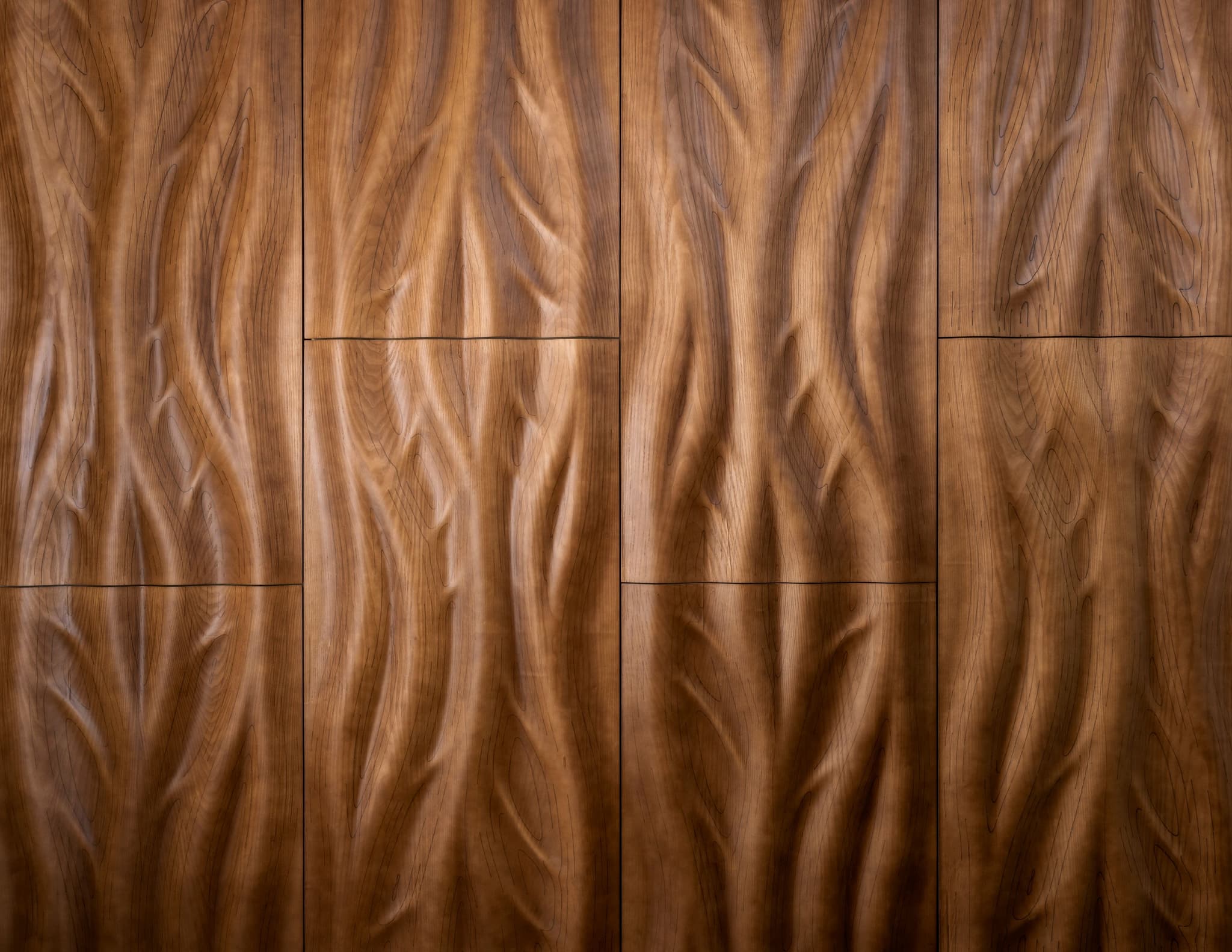
7. Do you see your project Woodflow Weather Cabin as a model for future urban infrastructure projects globally? What are the next steps in scaling this technology to other cities or applications?
Absolutely. The Woodflow Weather Cabin serves as a prototype for sustainable urban infrastructure. Its successful implementation in Berlin, in collaboration with Deutsche Bahn, indicates the feasibility of deploying such structures in urban settings.
The next steps involve scaling the technology through partnerships with city planners and infrastructure developers, adapting the design to various applications like bus stops, kiosks, and shelters, thereby promoting sustainable urban development.

8. Looking ahead 10–20 years, what kind of legacy do you hope Strong by Form will leave in terms of reshaping construction, mobility, and environmental responsibility?
At Strong by Form, we aim to be a catalyst for change in how the world builds and moves—not just by developing a better, more sustainable material, but by redefining the pace and model of innovation in construction and mobility.
Historically, new structural materials have taken decades—up to 40 years—from invention to mass adoption. We believe that’s no longer acceptable in the face of a climate emergency. Our goal is to achieve the same market transformation in under 10 years, and we’ve designed both our technology and our brand strategy to support that acceleration.
By pairing groundbreaking material performance with strong design aesthetics and a clear sustainability narrative, we expect Woodflow-core, our lightweight structural slab, to unlock broad adoption across sectors. Our ambition is to replace at least 30 million m² of concrete annually, enabling a reduction of up to 0.4 gigatons of CO₂ per year.
In 20 years, we hope to look back and see Woodflow not just as a successful product, but as a movement—proving that deep tech, done right, can scale fast, reshape industries, and drive real impact for the planet.
